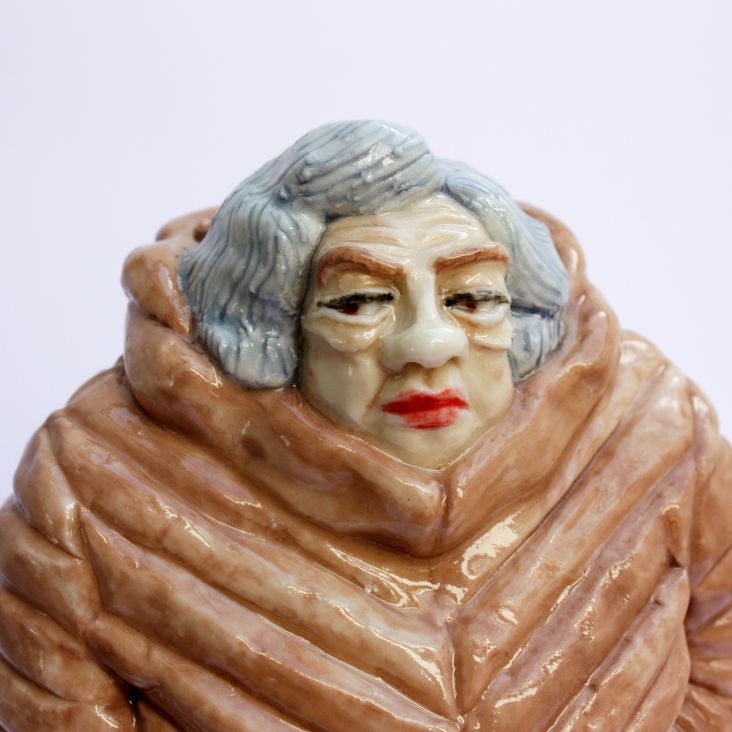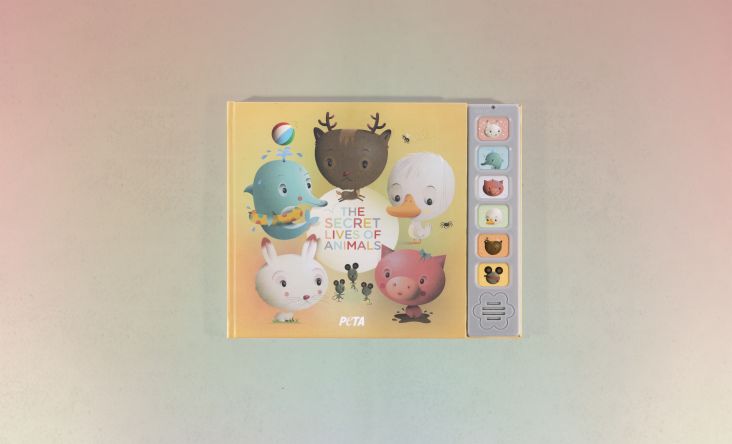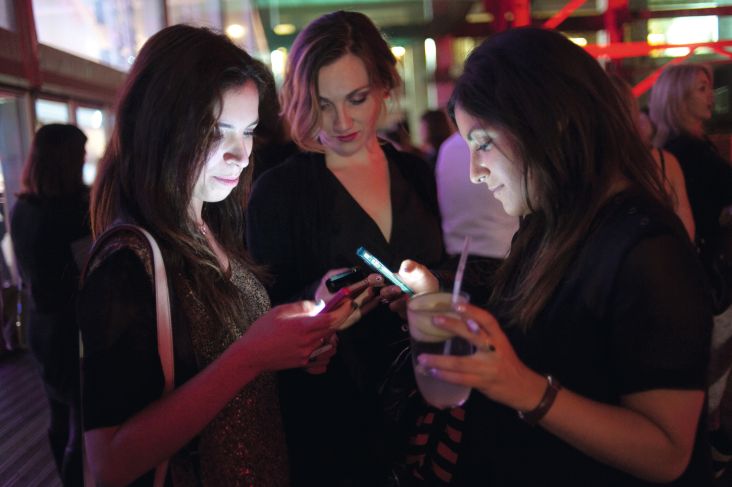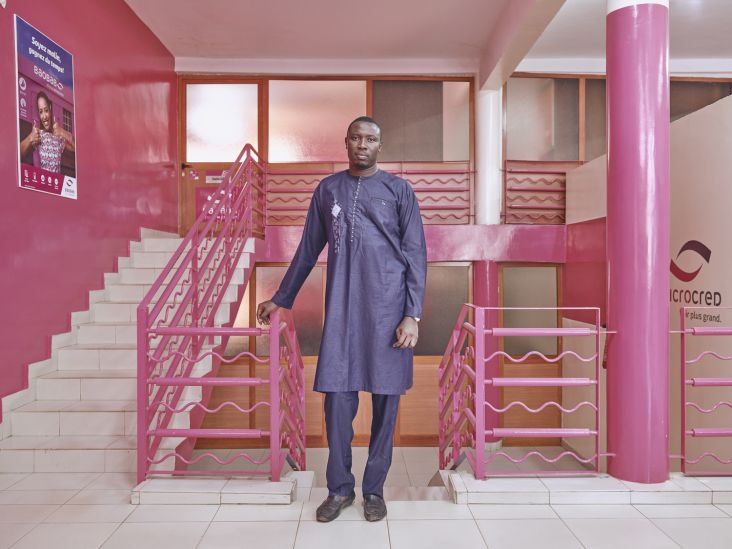Radical Figures: A new show looks at the renewed interest in Neo-Expressionism
Painting apparently had its last big moment in the 1980s when the stock market boom fuelled the brash brushwork and swagger of Neo-Expressionism. But leading critics were quick to pronounce its death.
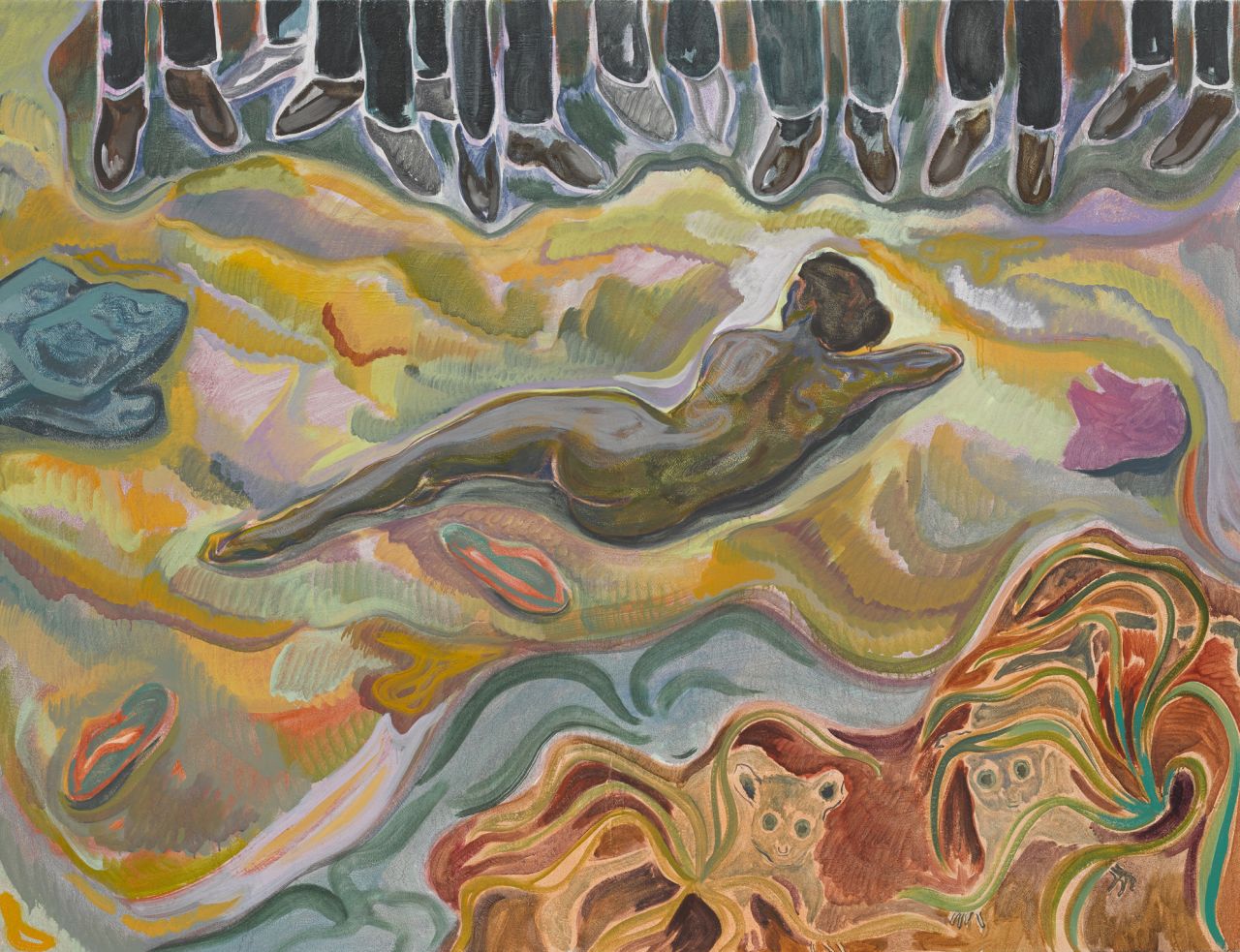
Michael Armitage #mydressmychoice 2015 Oil on Lubugo bark cloth 149.9 x 195.6 cm Private Collection, London © Michael Armitage. Photo © White Cube (George Darrell). Via submission
Now an upcoming exhibition at London's Whitechapel Gallery will look at the renewed interest in expressive and experimental modes of figuration among painters who have come to prominence since 2000.
Michael Armitage, Cecily Brown, Nicole Eisenman, Sanya Kantarovsky, Tala Madani, Ryan Mosley, Christina Quarles, Daniel Richter, Dana Schutz and Tschbalala Self all explore modern subjects including gender and sexuality, society and politics, race and body image.
Pushing the notion of what figurative painting can be, the bodies they depict may be fragmented, morphed, merged and remade but never completely cohesive. They may also be fluid and non-gendered; drawn from news stories; represented by animals; or simply formed from the paint itself.
Lydia Yee, chief curator, Whitechapel Gallery says: "By charting the return of an expressive mode of figuration, this exhibition asks broader questions about art and society today. These artists expand and destabilise fixed notions of identity through their depiction of indeterminate figures and partial bodies.
"By employing digital methods to create compositions; drawing subjects from online sources; or employing a flattened perspective reminiscent of a screen, they reflect new possibilities for the figure in an age when technology is transforming bodies and relationships. The narratives they explore encourage us to consider how painting can reflect personal anxieties and wider social concerns. Moreover, these artists are challenging and expanding the canonical Western painting tradition."
Works on display by Daniel Richter draw from recent events – the migrant crisis or Taliban mythology – as do Michael Armitage’s narratives of politics and violence in East Africa, equivocally conveyed in the lush, exoticised style of Gaugin.
Sanya Kantarovsky and Ryan Mosely look to literature and children's stories in their darkly humorous and carnivalesque scenes. In Christina Quarles's canvases, groups of polymorphous nudes engage in sexual acts, merging with graphically patterned surfaces. Tschabalala Self pieces together paint, fabric and printed elements for a cast of characters inspired by the streets of Harlem.
Radical Figures: Painting in the New Millennium will open at the Whitechapel Gallery on 6 February and run until 10 May 2020. Discover more at whitechapelgallery.org.
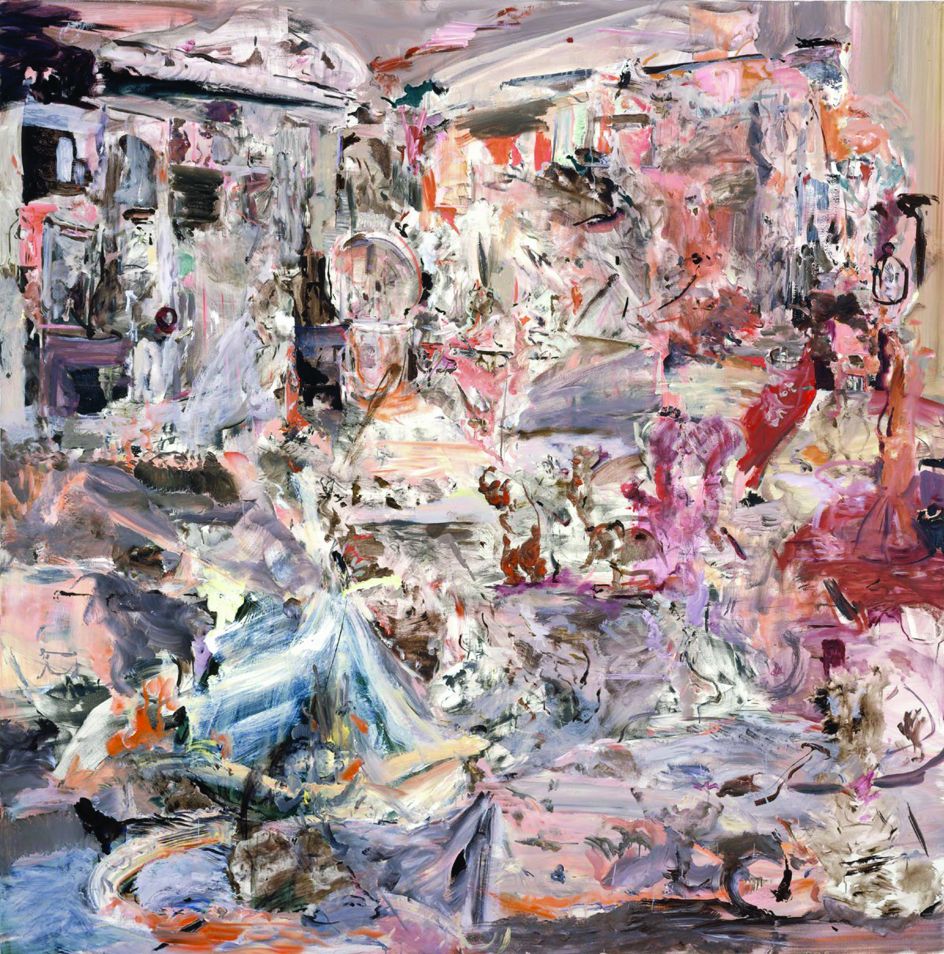
Cecily Brown Maid's Day Off 2005 Oil on linen 200.7 x 198.1 cm Courtesy of the Hiscox Collection © Cecily Brown. Courtesy the artist, Thomas Dane Gallery and Paula Cooper Gallery, New York
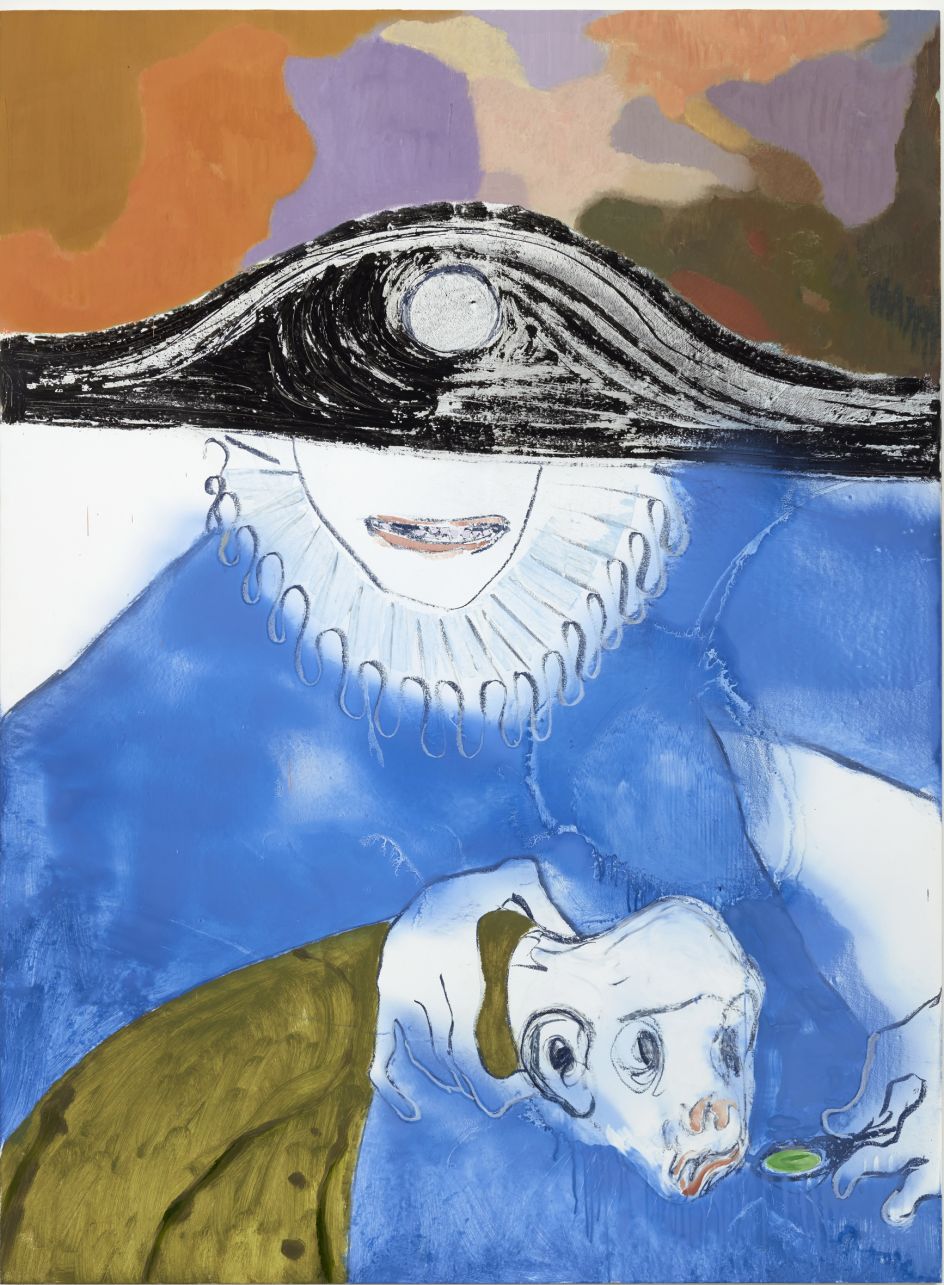
Sanya Kantarovsky Feeder 2016 Oil and oil pastel on canvas 190.7 x 140 cm T14830 Tate: Presented by Stuart Shave © Sanya Kantarovsky; Courtesy of the artist, Modern Art, London, and Luhring Augustine, New York
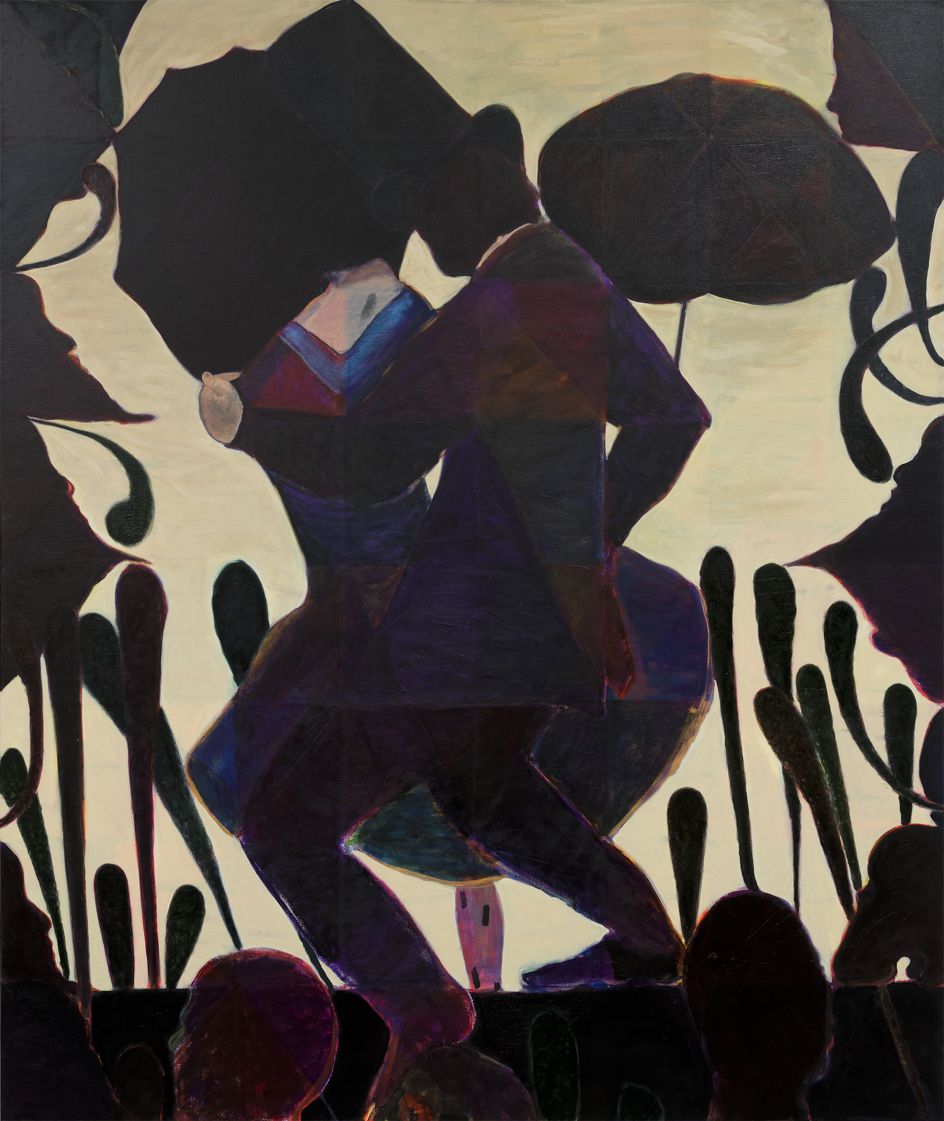
Ryan Mosley Cave Inn 2011 Oil on linen 214x180cm Private collection Courtesy of the artist, Galerie EIGEN+ART, Berlin / Leipzig and Tim Van Laere Gallery, Antwerp Photo: Dave Morgan
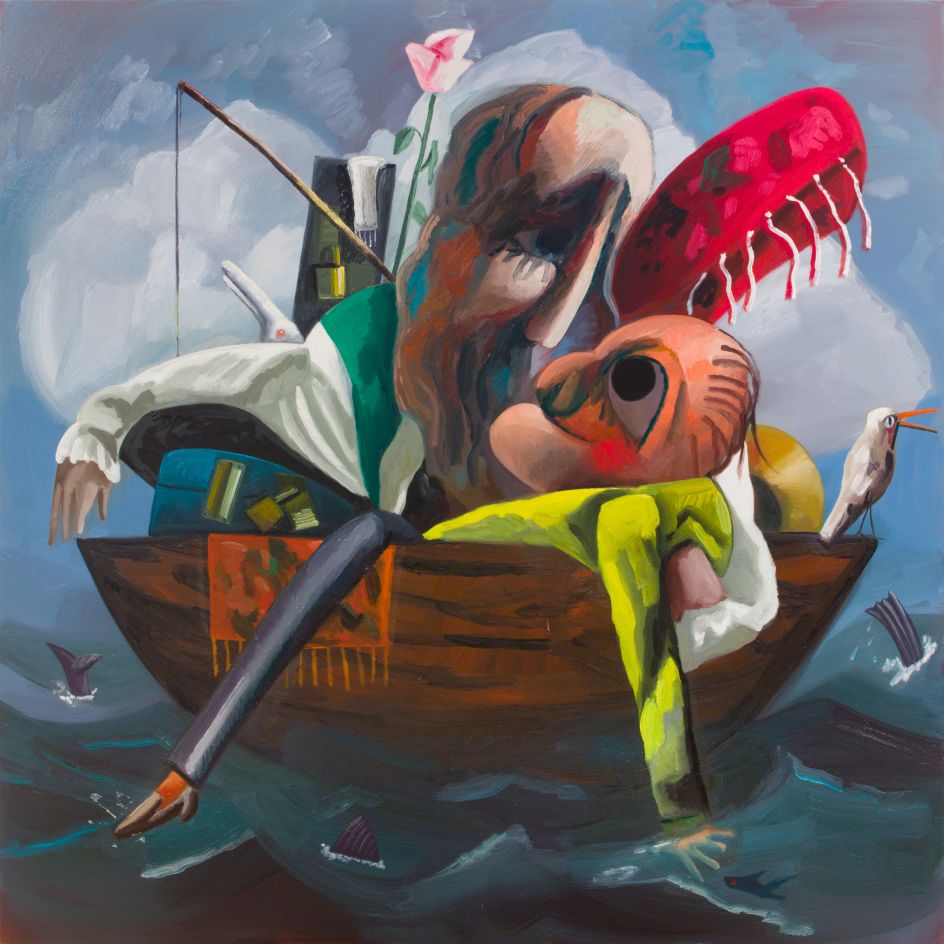
Dana Schutz Imagine You and Me 2018 Oil on canvas 223.5 x 223.5 cm ScH 18/016 © Dana Schutz. Courtesy the artist, Petzel Gallery, NY and Thomas Dane Gallery
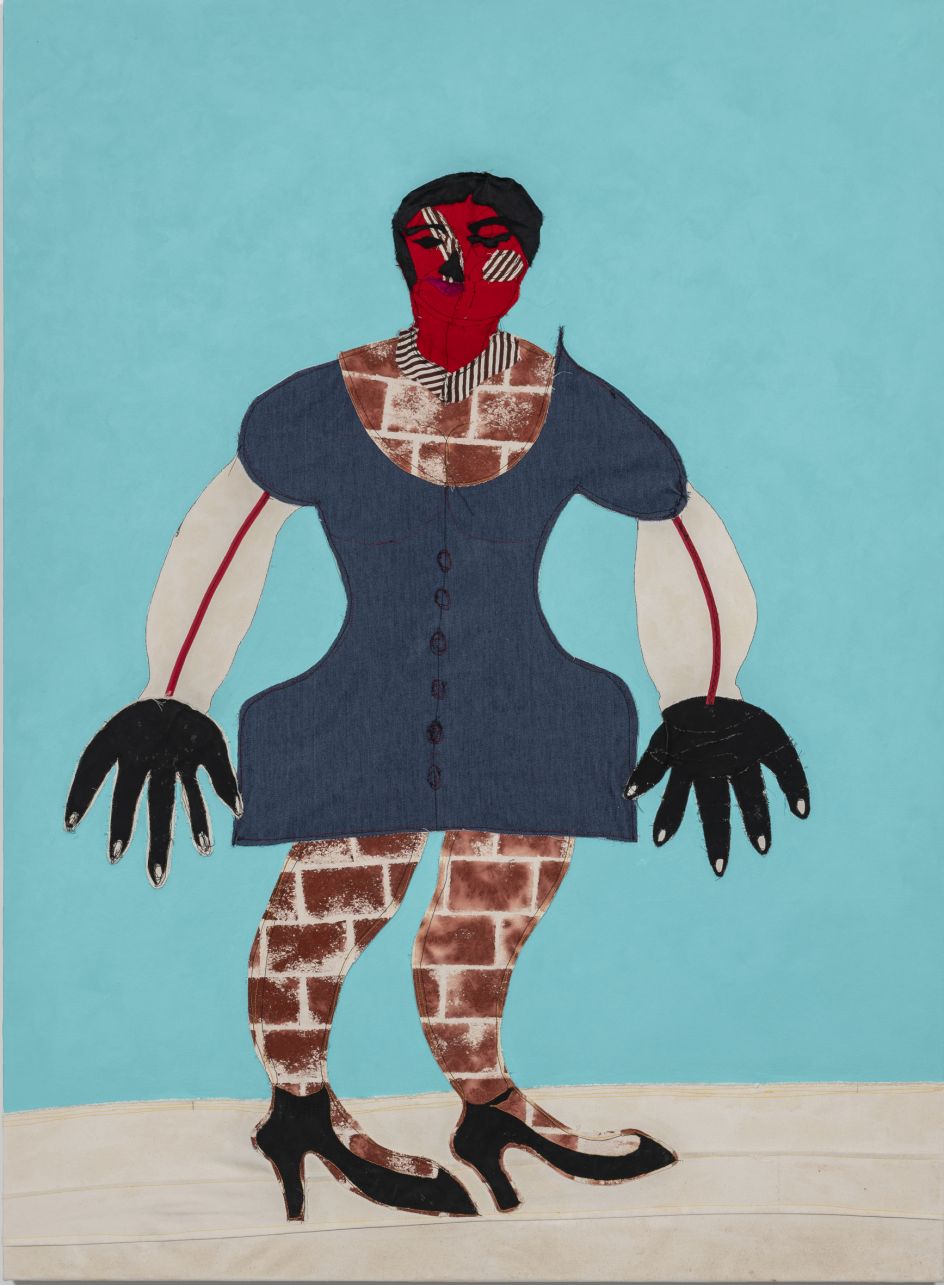
Tschabalala Self Lenox 2017 Fabric, ribbon, painted canvas, flashe and acrylic on canvas 172.7 x 127 cm Courtesy of the artist and Pilar Corrias Gallery
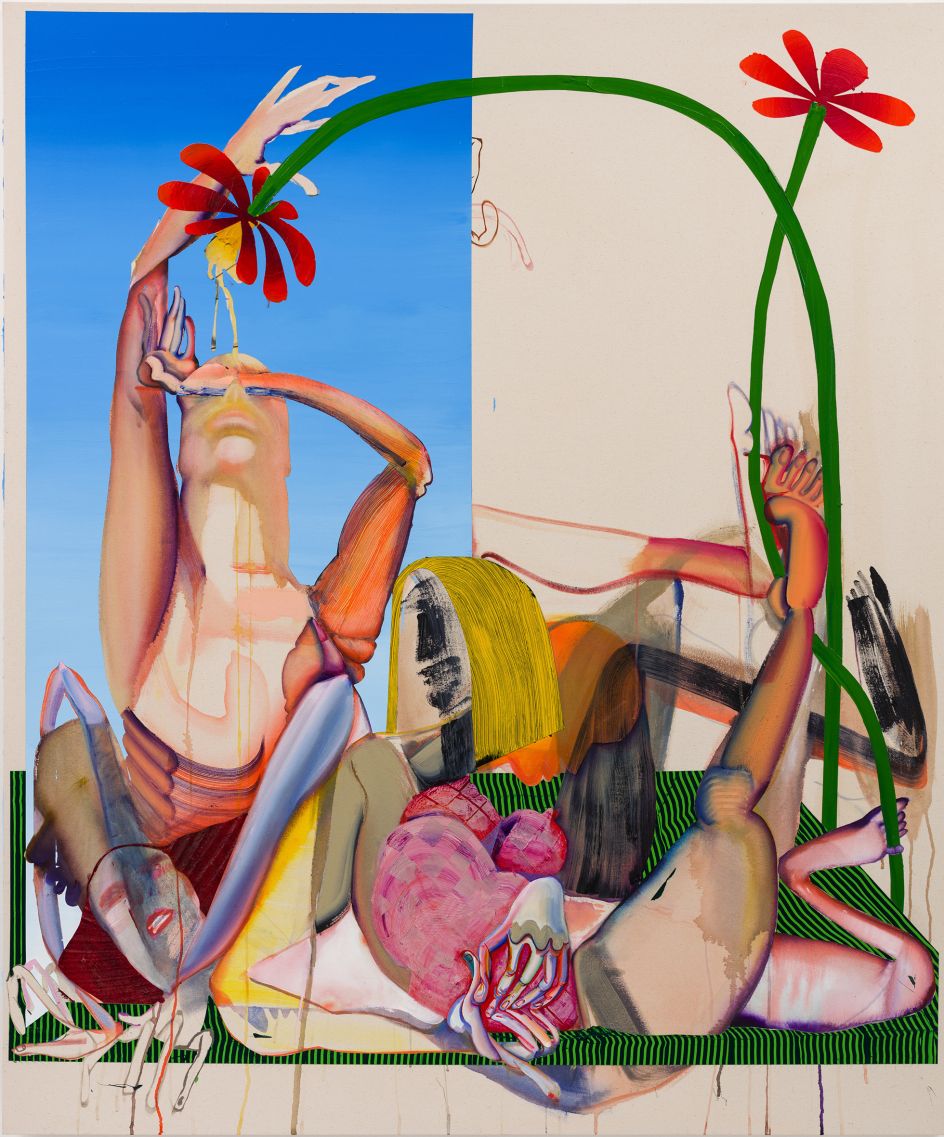
Christina Quarles Let Us In Too (Tha Light) 2018 Acrylic on canvas 182.9 cm x 152.4 cm Courtesy of the artist, Pilar Corrias, London, and Regen Projects, Los Angeles / Photo: Fredrik Nilsen Studio




 by Tüpokompanii](https://www.creativeboom.com/upload/articles/58/58684538770fb5b428dc1882f7a732f153500153_732.jpg)

 using <a href="https://www.ohnotype.co/fonts/obviously" target="_blank">Obviously</a> by Oh No Type Co., Art Director, Brand & Creative—Spotify](https://www.creativeboom.com/upload/articles/6e/6ed31eddc26fa563f213fc76d6993dab9231ffe4_732.jpg)








](https://www.creativeboom.com/upload/articles/42/421b16f5ed60a21e079b9fa2dcabeb2d6dd4e6ea_732.jpg)
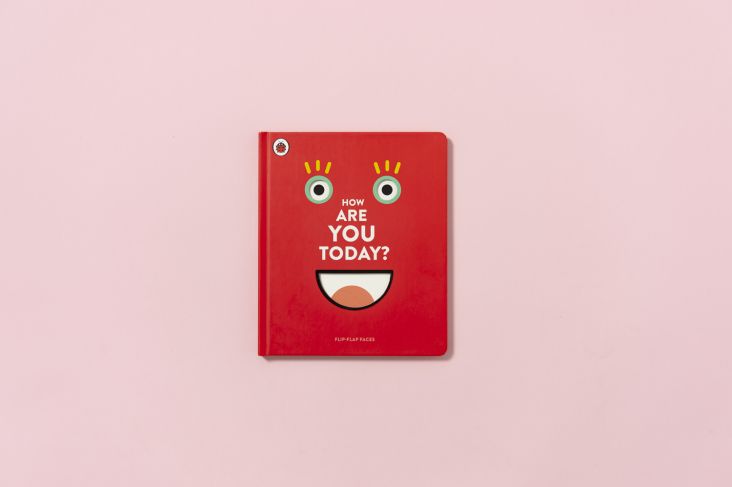
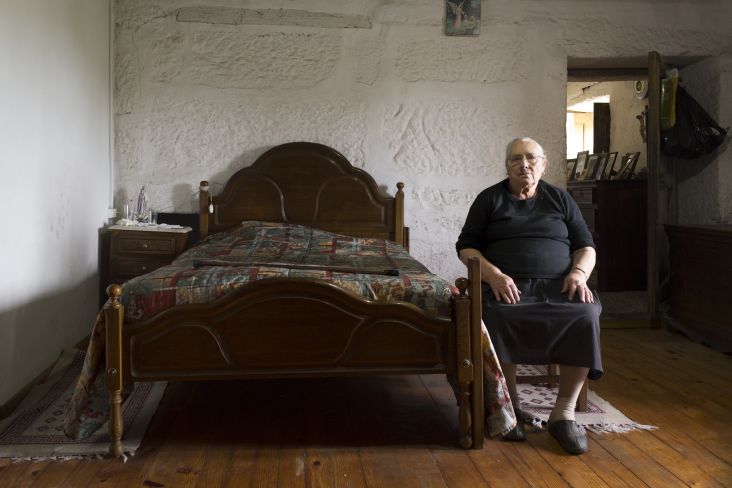
](https://www.creativeboom.com/upload/articles/f7/f754f04726860c4417df62eb1663dd4811097652_732.jpg)
